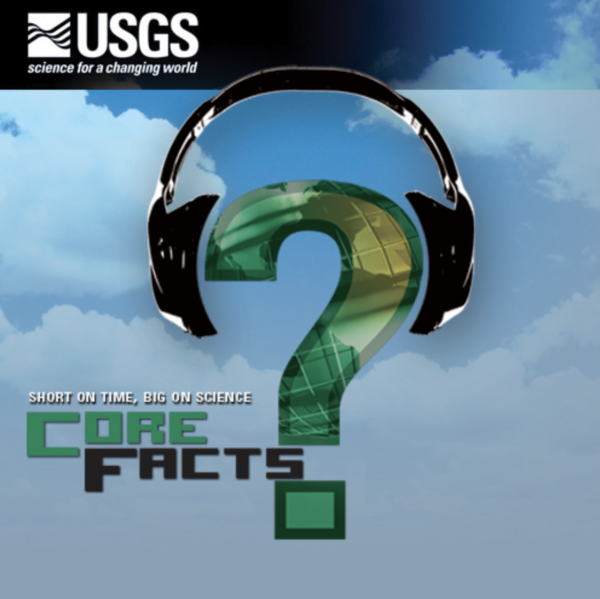The U.S. Geological Survey, Multi Hazards Demonstration Project (MHDP) uses hazards science to improve resiliency of communities to natural disasters including earthquakes, tsunamis, wildfires, landslides, floods and coastal erosion. The project engages emergency planners, businesses, universities, government agencies, and others in preparing for major natural disasters. The project also...
Authors
Keith Porter, Anne Wein, Charles Alpers, Allan Baez, Patrick Barnard, James Carter, Alessandra Corsi, James Costner, Dale Cox, Tapash Das, Mike Dettinger, James Done, Charles Eadie, Marcia Eymann, Justin Ferris, Prasad Gunturi, Mimi Hughes, Robert Jarrett, Laurie Johnson, Hanh Le-Griffin, David Mitchell, Suzette Morman, Paul Neiman, Anna Olsen, Suzanne Perry, Geoffrey Plumlee, Martin Ralph, David Reynolds, Adam Rose, Kathleen Schaefer, Julie Serakos, William Siembieda, Jonathan Stock, David Strong, Ian Wing, Alex Tang, Pete Thomas, Ken Topping, Chris Wills, Lucile Jones






















